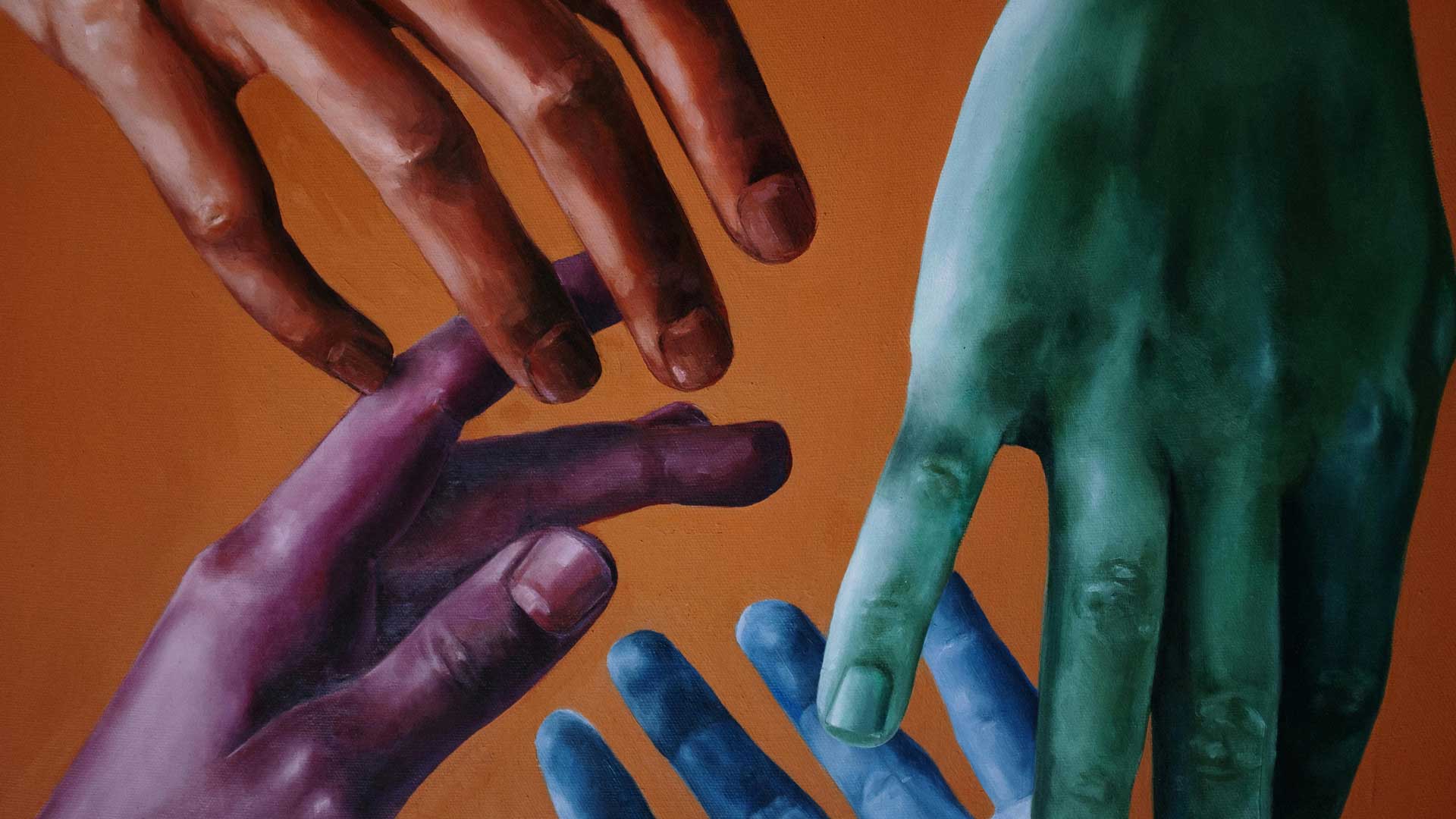If there is objectivity when it comes to Art, it is that it is, above all, subjective.
It does not achieve consensus, is not homogeneous, and lacks the character of perfection. It is, above all, a singular or collective expression that, when produced through the most varied artistic expressions, has a Purpose.
Regardless, Art triggers something. From inspiration to reflection, from indifference to action.
Today, we talk about Art that does not leave us neutral, that forces us to look it in the eye. We talk about Art that gives visibility, that includes, that becomes a reason, an excuse, and a moment of sharing.
We are talking about the Artist as Mediator and Social Agent who, through themselves and their legacy in the world, transforms the context in which they find themselves. They take responsibility for their work and for the vision they decide to share, and convey a message.
They say that “A picture is worth a thousand words,” and it is in the Artist’s sensitivity that each of us sees ourselves, in one way or another. There is power in this, and we want to explore it in the subsequent Conversations with Impact: “Art as an Agent of Inclusion and Social Transformation.”
We want to discuss how Art can open space for dialogue. How can it give visibility to those who have no voice and, in turn, promote Equality and Equity, celebrate Diversity, and fight for Social Justice, bringing realities closer together? Artists have a responsibility and can use it to ensure that their works have a significant Impact on the society they reflect.
But is it possible to objectively measure the Impact that Art, as subjective as it is, has?
What Impact can networks between Artists, Cultural Organizations, and Social Agents with the capacity to share knowledge and resources and reach more audiences have? How can all these social actors serve as translators of reality, democratizing values and ideals while maintaining aesthetic concerns and protecting the individuality of the Artist? How can creative networks serve Social Inclusion?
Let’s find out, here!


